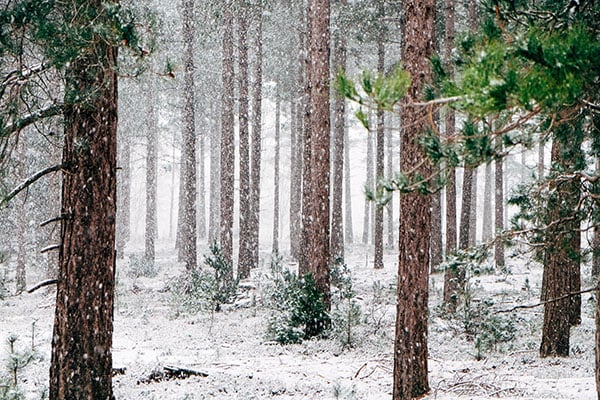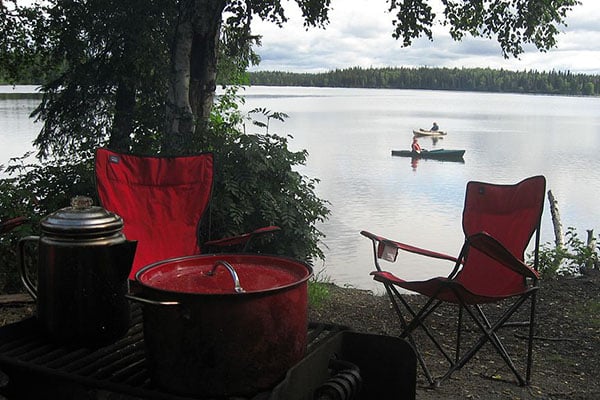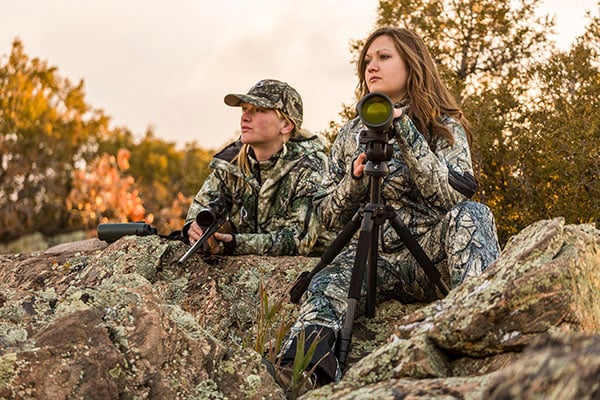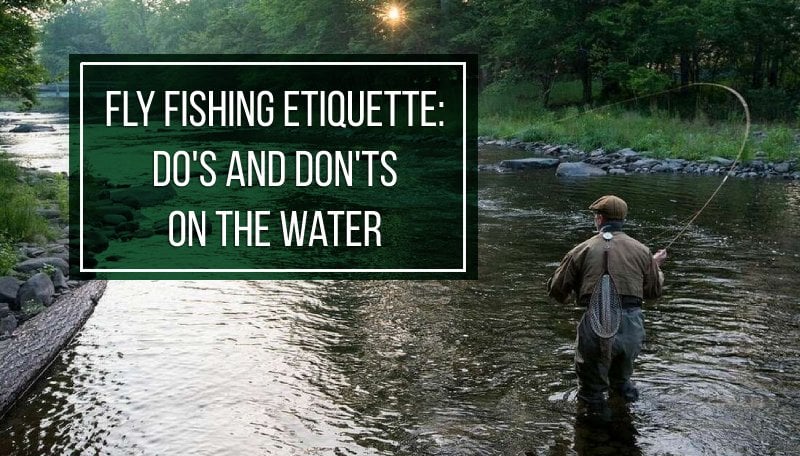Last Updated on
When we think of dehydration, we tend to think of hot, muggy days and the relentless sweating that comes with them. In cases like that, it is easy to tell when you need to pay special attention to hydration. However, staying active in colder temperatures like fall and winter can create a similar need for hydration, you just don’t realize it as much as you do when it’s hot. In reality, your body needs just as much water in the winter as in the summer. We cover some winter hydration tips for fall and winter outings so you can keep going and feel great when you’re outdoors in cooler temperatures.
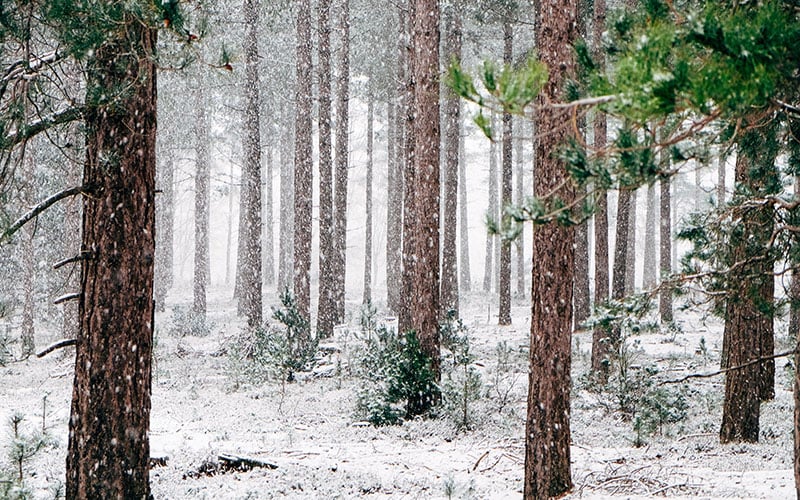
Signs Of Dehydration
There are many tell-tale signs of dehydration, and they aren’t evidenced by excessive sweating like some think. The important signs of dehydration to pay attention to are: fatigue, dizziness, light-headedness, rapid heart rate, rapid breathing, dry mouth, infrequent urination and a feeling of thirst. So even when it’s cold out, these symptoms can spell trouble for you. Dark colored urine is also a giveaway that you’re dehydrated, while light colored urine is a sign that you’re properly hydrated.
Cold water is always desired during summer activities, but room temperature water has been proven to hydrate you better. In a case like winter dehydration, it’s not a good idea to have ice cold water anyway as it will cool your core. So you may want to use your insulated bottles for the opposite of cold, and place lukewarm water in them before you head out.
Before
It never pays to start an exercise or a rigorous activity when you’re already dehydrated. If you’re heading out skiing, snowshoeing, or hiking, do yourself a favor and start hydrating a couple hours before you hit the trail. This will give you a good base to start with before activity even begins. As you work harder, more water is lost from your body from sweat, your breath and eventually urination. Skiing or snowboarding in higher elevations increases the amount of water vapor you lose from your lungs, and this can accelerate dehydration. If you already start these activities dehydrated, you’re setting yourself up for a rough time, or even threatening to cut your trip short due to fatigue and other symptoms.
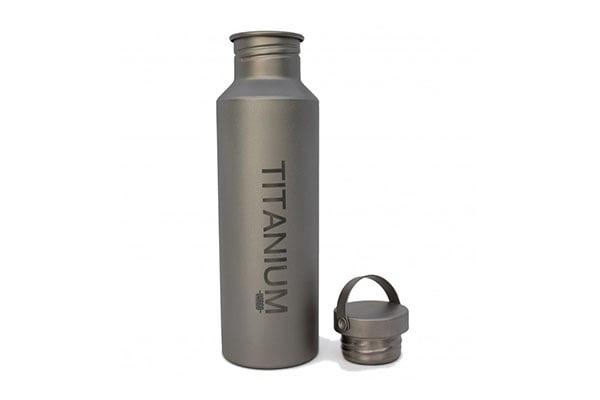
Hunters can face a similar threat of dehydration, especially as it’s a common activity to hit the coffee shop early morning before heading out to the deer stand or duck blind. Coffee will increase dehydration, and a lengthy hike to the stand can leave a hunter pretty dehydrated before the hunt even begins. Add to this that hunters don’t want to urinate much or dink much to cause urination in situations where scent control is key, and you’ll find that many hunters are dehydrated in their stands or blinds. This can be serious if a period of strenuous tracking and packing out the animal follows without much of a chance to hydrate again. If you hunt, don’t forget to keep a good amount of water at hand, even if it means bringing a larger jug to urinate in while you’re at the stand.
During
Any signs of dehydration should be met by a large intake of water, but it is much better to stay well hydrated throughout the activity so you never feel those symptoms in the first place. Make it a point to stop every so often in your hike or trip down the ski hill to take a drink of water. If you’re not skiing or snowboarding with water, make sure to stop at the lift or lodge for water when possible, or consider skiing with a hydration pack on your back if one is not around.
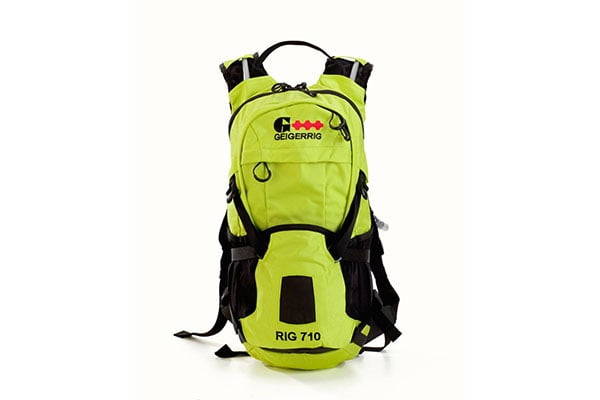
Hunters should make it a point to drink water every so often when it is convenient, i.e. when there isn’t an animal in the vicinity that could pick up on the movement. There is a growing trend in hunting backpacks to outfit them with hydration bladders, although you can’t wear a backpack while you’re in a tree stand, so you’ll have to figure out a different way to access the bladder if it’s hanging from the stand.
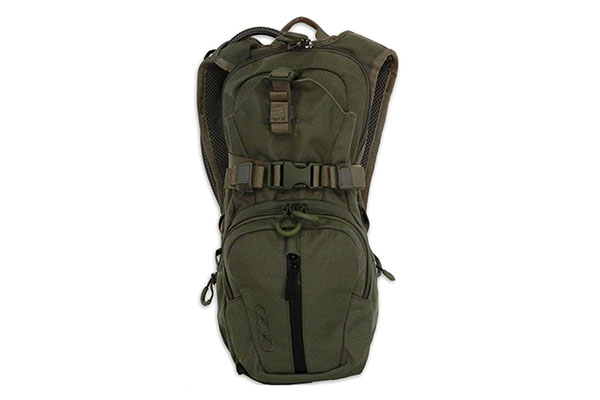
Finally, it is important to dress in layers while performing winter activities. Keeping that heavy clothing on when you’re getting hot can accelerate sweating and dehydrate you at a faster rate. It’s best to wear a base layer, mid layer and top layer and then adjust them them as you get warm or cold. Don’t forget that excessive sweating can lead to a chill and even hypothermia in severe situations. All the more reason to peel a layer off if you’re getting too hot.
After
Hydration doesn’t stop when the winter activity ends, and it always pays to keep an extra supply of water at your vehicle. This way if you deplete your water supply along the way, you’ve still got water waiting for you when it’s over. Your first order of business after stowing your gear is to take a good drink, and then several more before you start driving. This will ensure none of those pesky dehydration symptoms show up on the way home.
